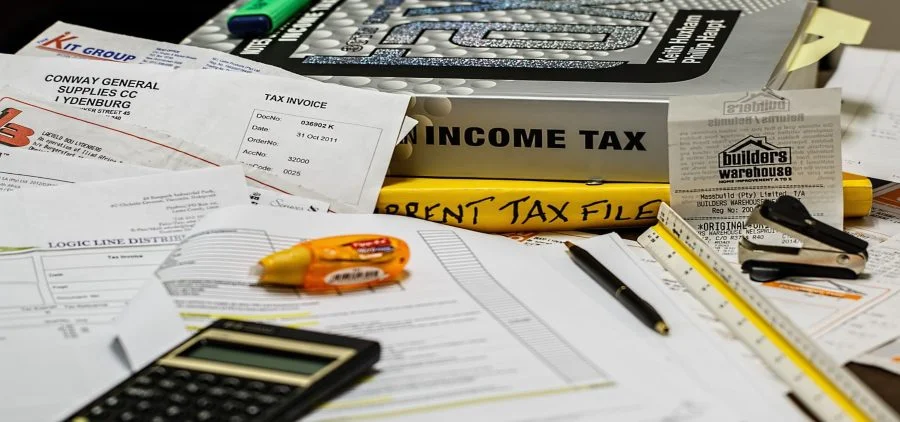How to Invest in Wholesale Real Estate in Alabama: A Step-by-Step Guide (2023)


Investing in wholesale real estate in Alabama can be a lucrative business. With the right strategies, you can make substantial profits on your investments. In this step-by-step guide, we will discuss how to identify and purchase properties at discounted prices as well as how to maximize your return on investment.
The first step in investing in wholesale real estate in Alabama is to decide what type of strategy you want to use. There are several different strategies that investors can employ, including “flipping” properties, buying and holding rental properties, or wholesaling properties. Each strategy has its benefits and drawbacks, so investors need to consider their objectives before deciding on a particular strategy.
Once you have decided on an investment strategy, the next step is to research the market to identify potential opportunities. This includes researching local real estate markets, learning about rental laws and regulations specific to Alabama, and studying market trends so that you can make informed decisions about properties that you may want to purchase or flip. Additionally, real estate brokers and agents may also have access to additional resources that can help you find potential opportunities.
Once you have done your research and identified potential opportunities in the market, it is time to start looking for deals. You can do this by attending open houses and auctions, networking with other real estate professionals like private lenders or wholesalers who buy lower-priced homes at discounted prices from motivated sellers who need cash quickly; or driving around neighborhoods that fit your criteria for ideal investments.
As an investor, you must evaluate any potential property accurately before deciding whether or not to invest in it. As part of this process, you should inspect the property inside and out for structural damage or defects; obtain copies of any relevant legal documents such as deeds or titles; review comparable sales prices and determine if there are any hidden costs associated with purchasing the property; compare maintenance costs with expected returns; calculate repair costs; calculate projected income from rent payments if applicable; analyze tax implications; consider any capital gains taxes due upon sale of the property; evaluate risks associated with location factors such as crime rate or transit accessibility; and finally consult with an accountant about tax issues related to owning rental property in Alabama.
When investing in wholesale real estate in Alabama investors must consider the financing options available before making a purchase decision. Depending on your risk tolerance level there are several types of financing options available ranging from traditional bank loans secured by mortgages through venture capital firms that focus specifically on real estate investments. Whichever option you choose investors must weigh all of their financing options before committing so they understand all fees associated with each product they consider using as well as its impact on their bottom-line profitability expectations when investing in rental properties within Alabama State boundaries.
Armed with all necessary information gathered under steps 1 – 5 above now comes the time for investors interested in investing in wholesale real estate within Alabama State boundaries for calculating potential profit margins after taking into account expected upfront costs (such as closing costs) along with ongoing monthly obligations (mortgage payments). As part of profit margin analysis, investors should also factor into equations expected returns from either flipping (i.e., quick resale once rehabbed) or renting out units over a long-term horizon depending on which type of investment plan they initially chose under step 1 above.
In addition, calculating expected returns, and developing a business plan tailored towards specific objectives when investing in wholesale real estate within Alabama State borders is a must-have item, especially when dealing with larger-sized properties requiring more extensive work before hitting optimal ROI levels desired by an individual investor. Items included within such business plans could range from short-term items about rehabilitation works needed up until the completion point for the entire project up to longer-term items related to marketing (either renting out units at competitive price points vs competition ) down through cost-cutting measures taken place during the operational phase of the life cycle.
Another key success factor when investing in wholesale real estate within Alabama state lines is team composition used throughout various stages during projects’ life cycles. Such a team should include individuals possessing relevant expertise ranging from construction workers, lawyers, CPAs, insurance brokers, architects, etc whose skill sets should span a wide spectrum of disciplines covering multiple aspects of successful completion rates & attractive profitability margins achieved overall across completed projects over extended periods.
When investing in wholesale real estate in Alabama it is important to consider the best exit strategies before closing on properties purchased at discounted prices. Once the project completion rate has been achieved & profits start getting generated via sales of units or by renting them out investors should contemplate potential alternative solutions for extracting their capital either fully or partially depending on given circumstances. To facilitate this process investors should consider alternative financing options such as private lenders, equity partners, and even joint ventures with other real estate professionals which could help drive desired ROI levels when looking at larger projects located within Alabama state boundaries.
Finally, and no less important, once the investment transaction has been closed & all legal paperwork is signed off between the parties involved, investors should then focus their attention on monitoring the progress of such projects over time. To achieve this, investors should develop periodical reports ( either daily, weekly, or monthly ) which should include relevant data points about progress levels achieved through milestones placed throughout the life cycle of a given project. Such activity will help identify potential deviations from the plan in case they occur and corrective actions can be taken on a timely basis thus avoiding further complications down the road. Hopefully, these 10 steps outlined above it will help streamline the process when investing in wholesale real estate within Alabama State boundaries.

September 17, 2024

September 10, 2024

September 3, 2024

August 30, 2024

July 27, 2024

March 14, 2024

March 15, 2023

March 15, 2023

March 15, 2023